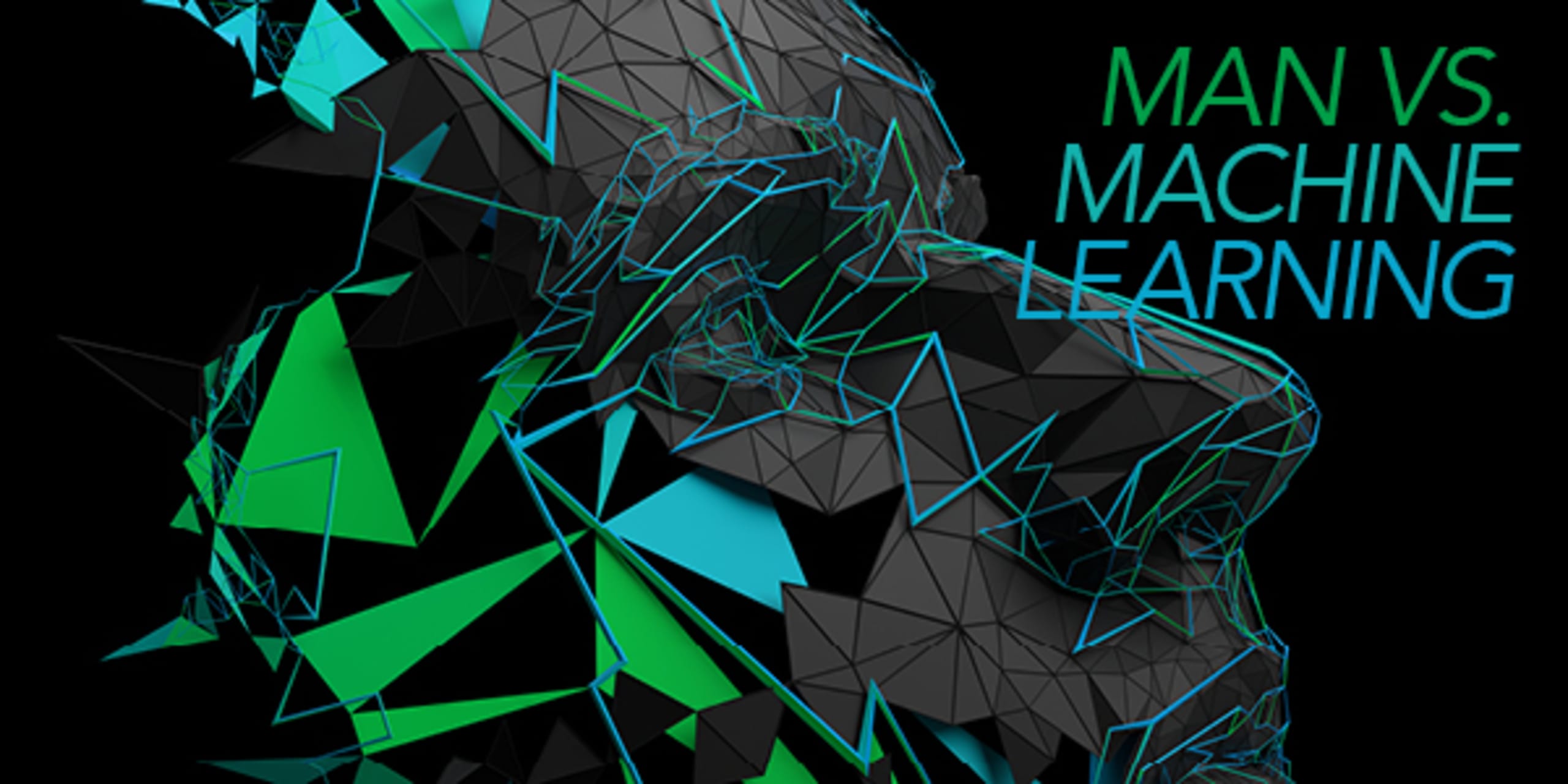
Breaking down machine learning use cases in advertising
The one constant of the advertising industry is that it’s always changing. Technical innovations have affected nearly every aspect of the trade, and new tools have revolutionized the way we make key decisions.
One such tool is machine learning. Simply put, machine learning involves a computer receiving information, processing it and producing an output that helps improve a task. This process can be used for decision-making across many advertising sub-disciplines, including media, planning, creative and digital.
Because machine learning is a form of artificial intelligence, its purpose is to utilize technology to enhance human decisions and behaviors. We want computers to learn from past experiences and constantly evolve, and machine learning helps us reach that goal.
Before utilizing these programs, it’s important to learn the distinctions between the various forms of machine learning systems. In general, there are three main types of machine learning algorithms: supervised, unsupervised and reinforcement.

Supervised machine learning
Supervised learning is the most popular form of machine learning. This is largely because it involves a known outcome of interest and is the simplest type to understand and implement. These algorithms are told explicitly what they are supposed to look for in the data set, which is why this form is often referred to as being task oriented. When marketers or decision makers have a target outcome in mind, supervised learning can be trained to predict future outcomes.
You’ve likely encountered supervised machine learning without realizing it. The process is used in many applications such as ad popularity, facial recognition and spam classification. The next time Google sends a dozen emails about hair growth treatment to your spam folder, you can thank supervised machine learning for the assist.
Unsupervised machine learning
Unsupervised machine learning is essentially the opposite of supervised learning. It is used when the outcome of interest is not known by the data scientist or marketer. In other words, these algorithms are not told what to look for in the data. Unsupervised algorithms find relationships among data points to create insightful structures in the data. The creation of these structures is what makes unsupervised machine learning so flexible.
You often see unsupervised machine learning at work when browsing platforms such as YouTube, Netflix and Hulu. This is because recommendation systems, which are often used for streaming services, use unsupervised machine learning to process what you’ve consumed and suggest similar content.
Reinforcement learning
Reinforcement learning algorithms are driven by behavior and aren’t explicitly told what their targets or objectives are. Instead, they rely on trial and error to “learn” which types of actions might lead to optimal outcomes. If Pavlov’s dog were a form of machine learning, it would be reinforcement learning.
This type can be used to develop algorithms that decide which advertising or marketing actions are optimal given the current constraints. It’s just like how the human brain responds differently depending on the positive and negative effects of an action – only reinforcement learning is much faster and more accurate when it comes to achieving a goal.
Reinforcement learning is commonly used for ad serving platforms. Given a wide variety of ads that could be shown, reinforcement learning systems can find the ad that is more likely to evoke a user to click.

The bottom line
For brands to capitalize on the power of machine learning in advertising, the number one prerequisite is having a large amount of historical data about the problem to be solved. A lack of sufficient data is one of the main factors currently holding brands back from applying machine learning to improve decision-making in many aspects of their advertising and marketing efforts.
Even if you won’t personally create a machine learning system anytime soon, it’s helpful to understand the usefulness of these algorithms. From increasing ad performance to drawing useful correlations to creating detailed reports, machine learning quietly plays a major role in the world of advertising.
Liked what you read? Check out a related post about Healthcare Data Analytics.
Discover how Doe-Anderson Research & Analytics can help optimize your brand.
)
)